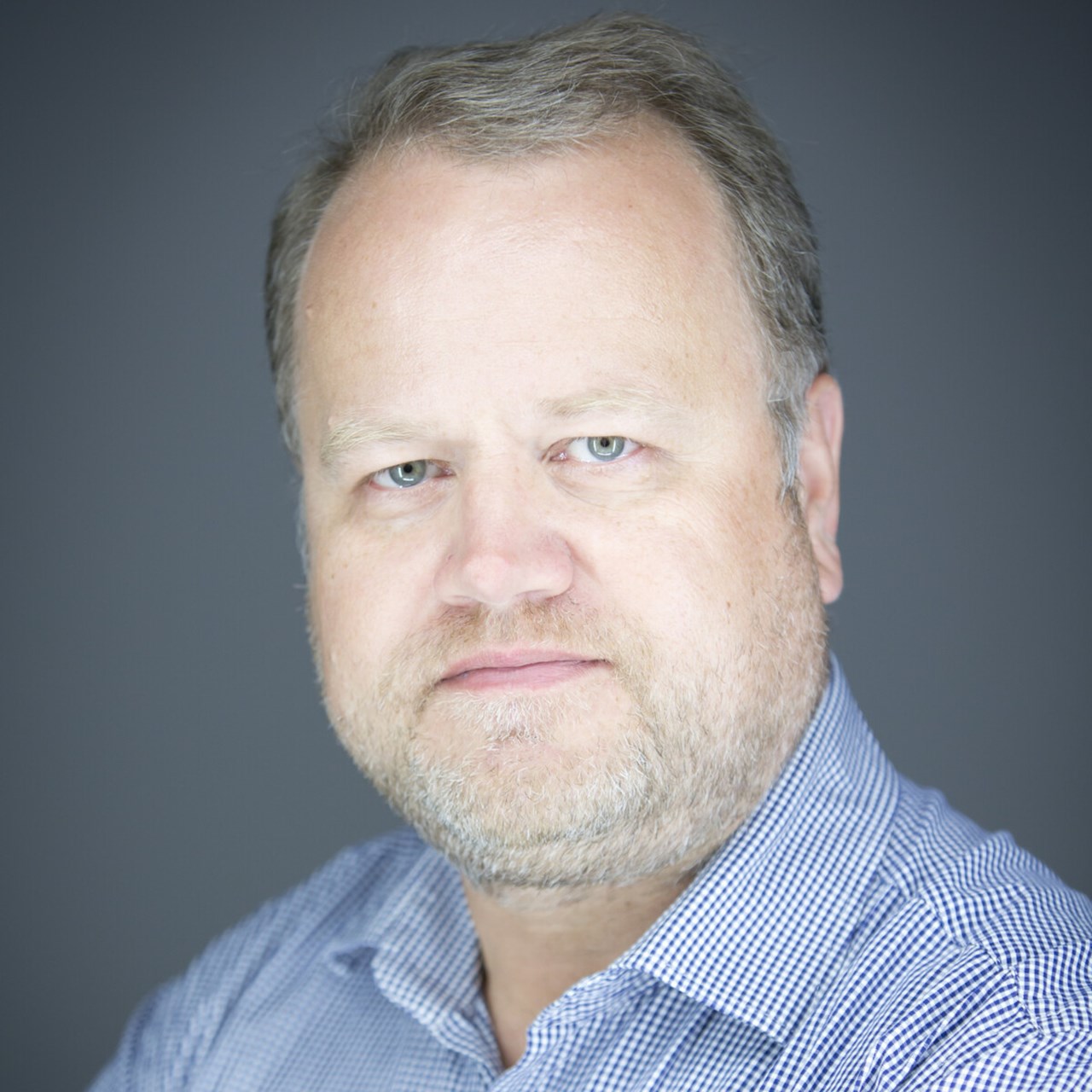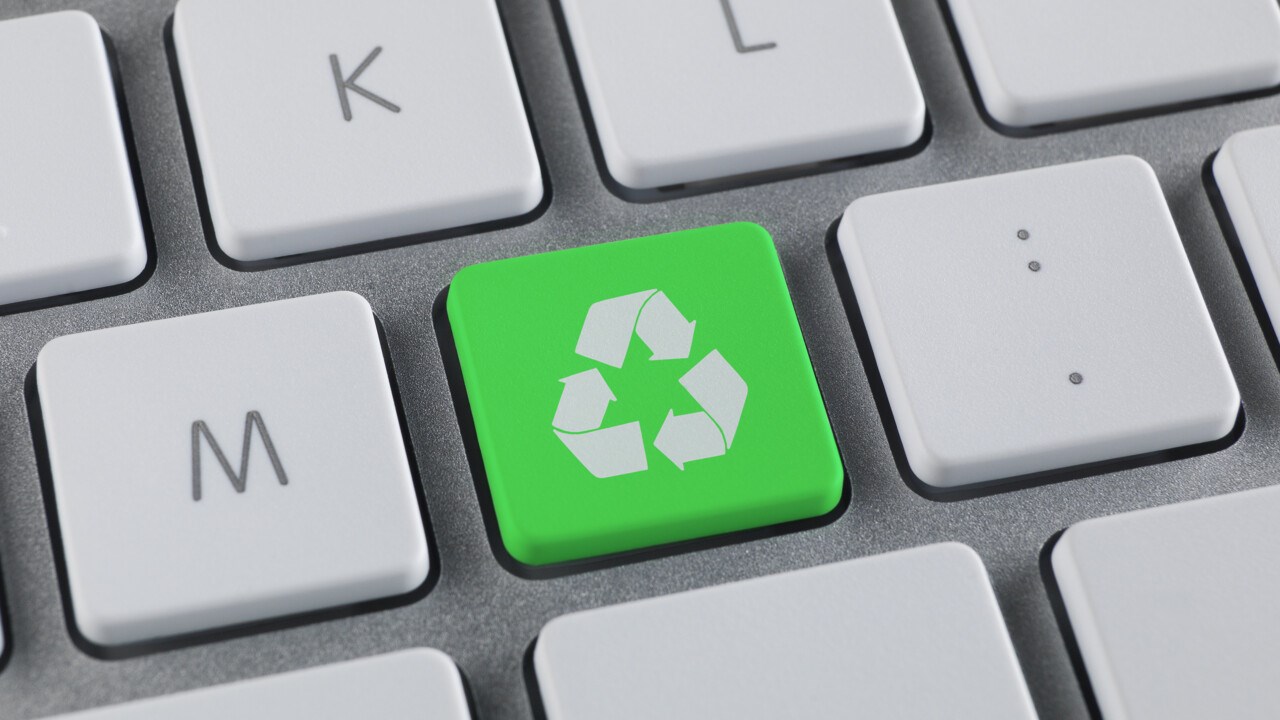
“All life is problem solving”
PROFILE In his research Frank Figge, Per- and Eivor Wikström Guest Professor at USBE, tackles crucial issues for the future of mankind: How do we use the earth’s resources in the most efficient way? How do we create sustainable societies?




